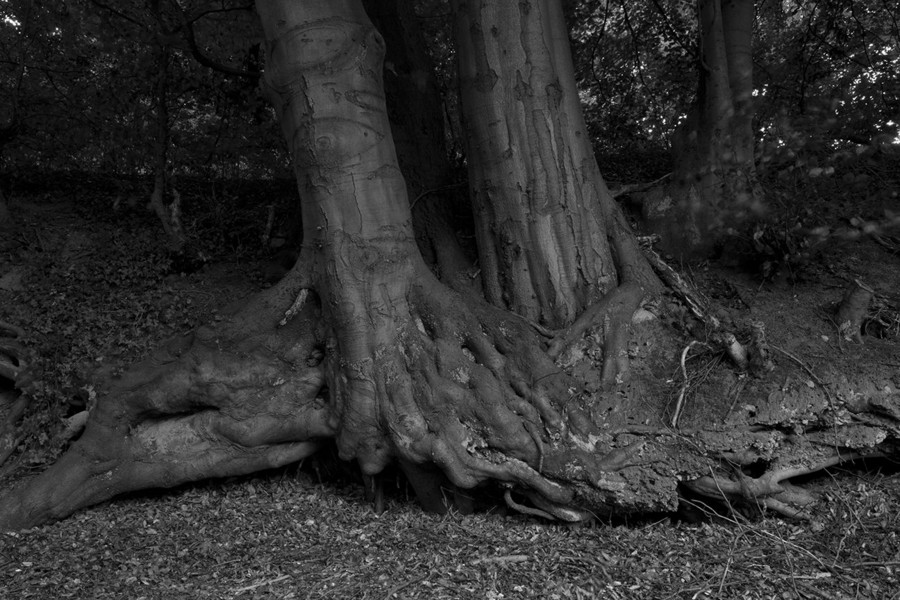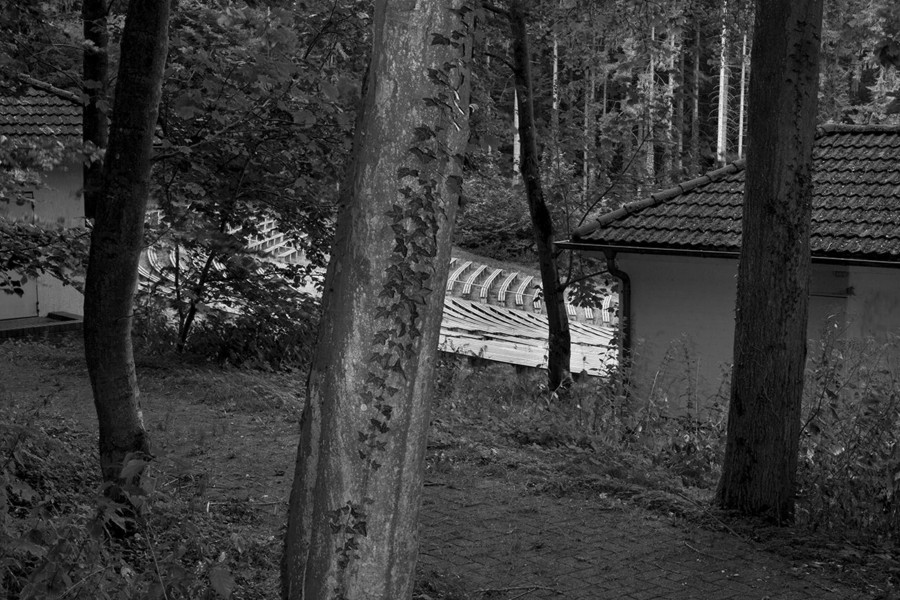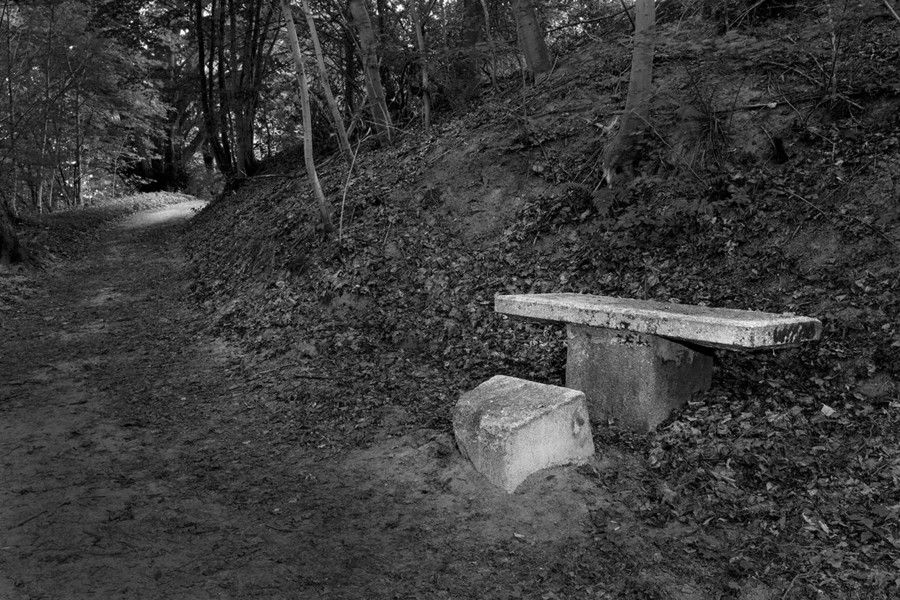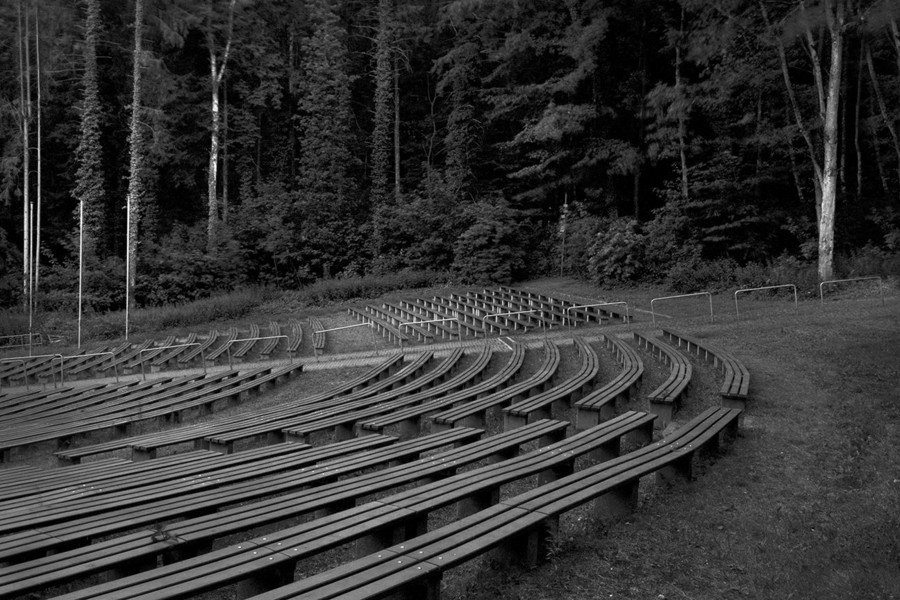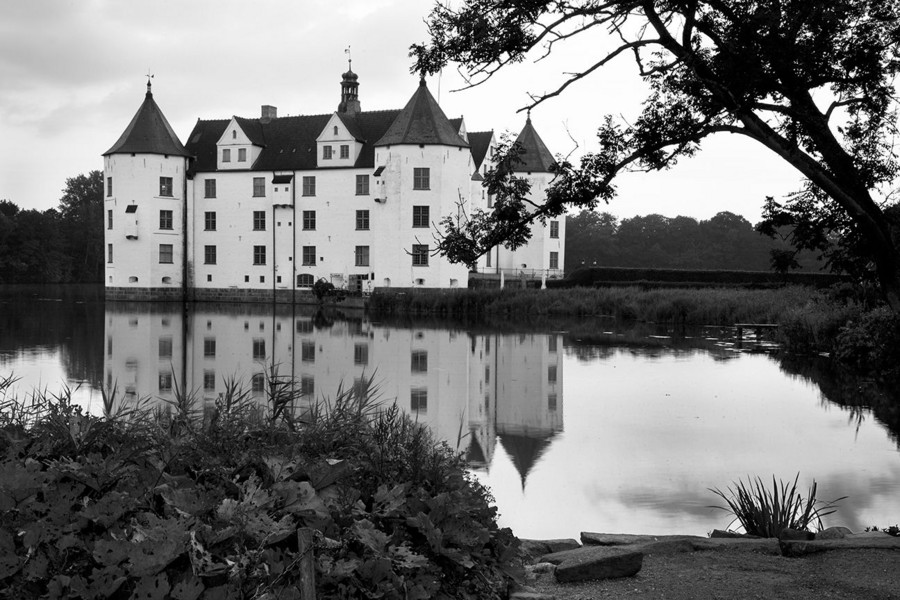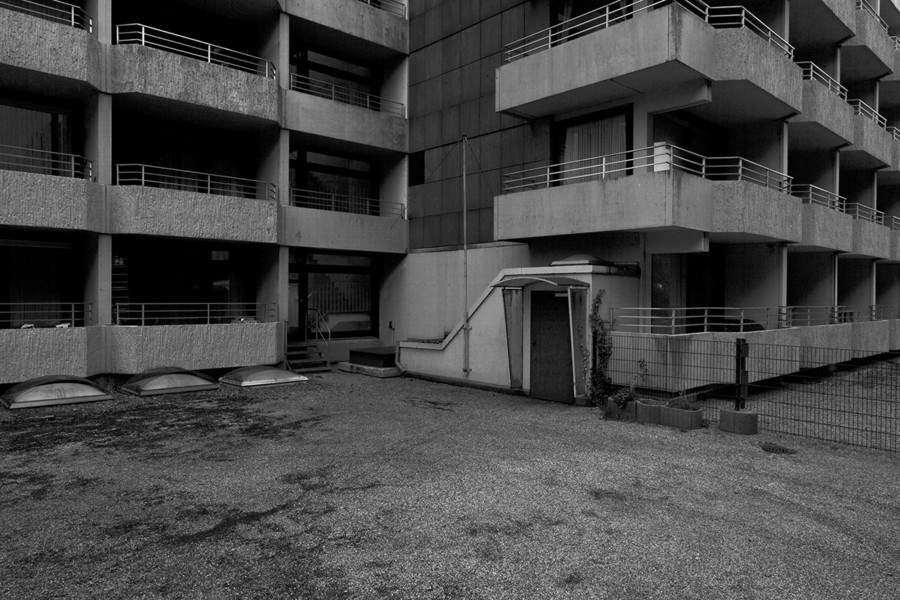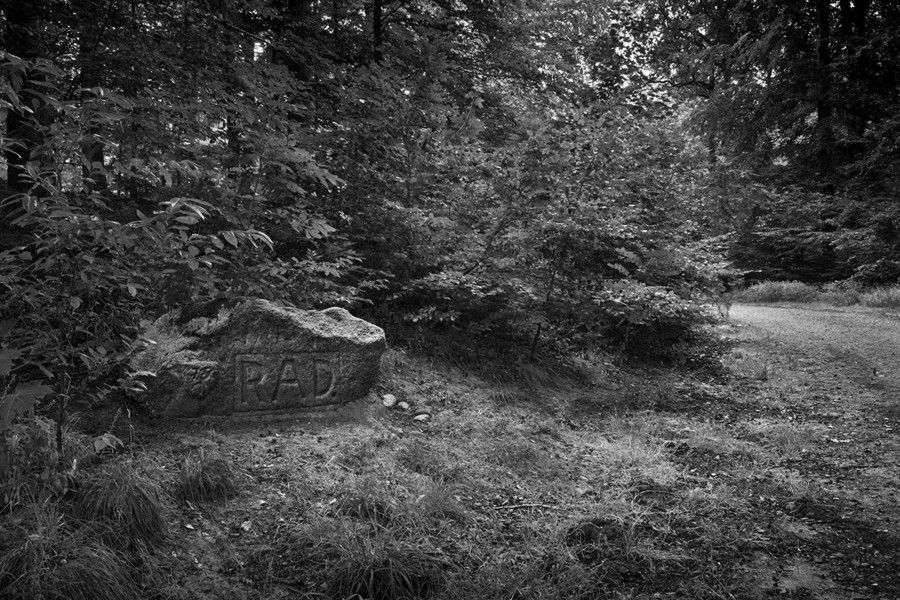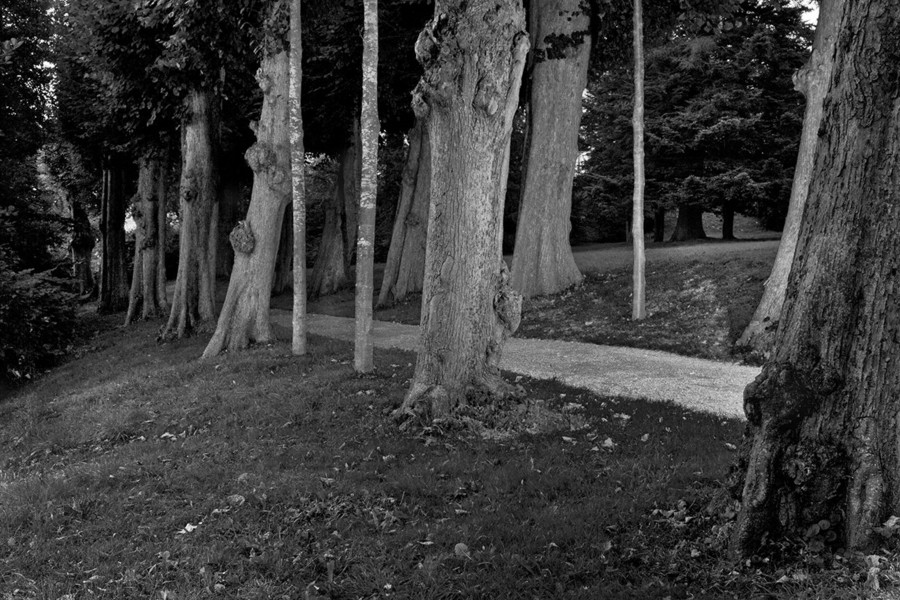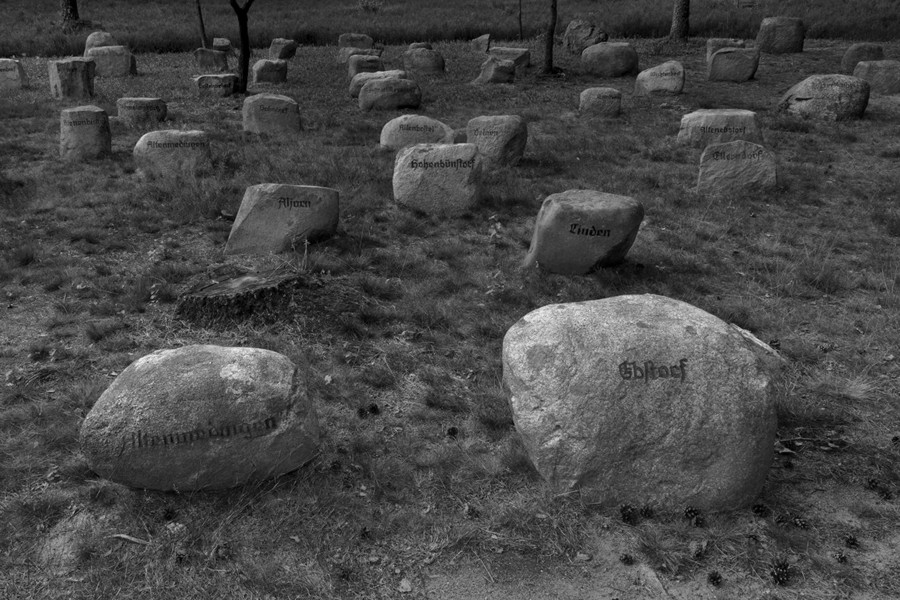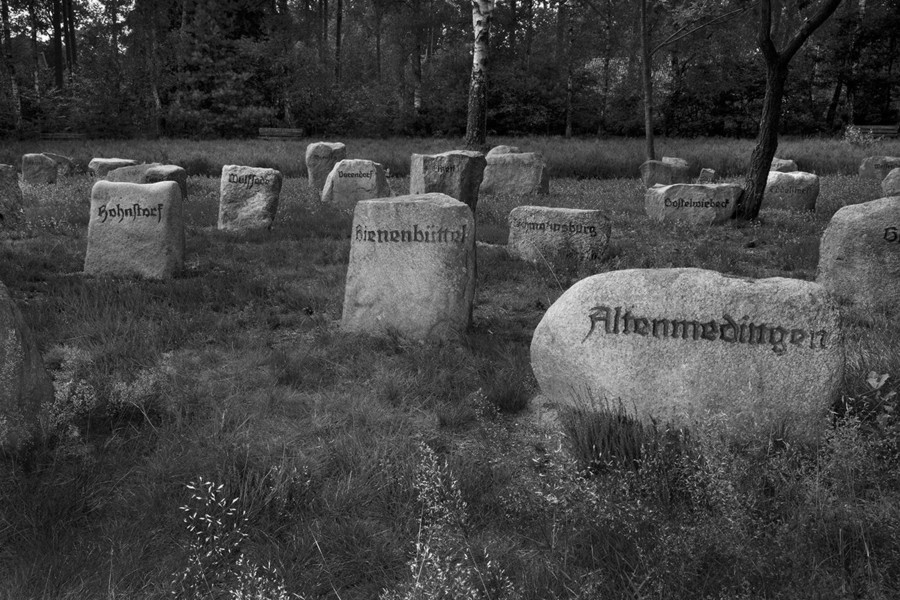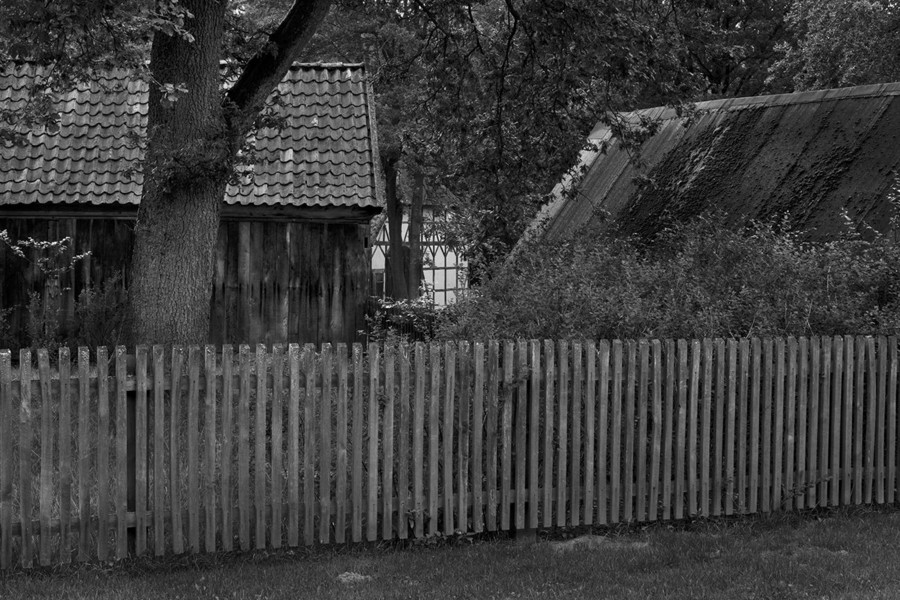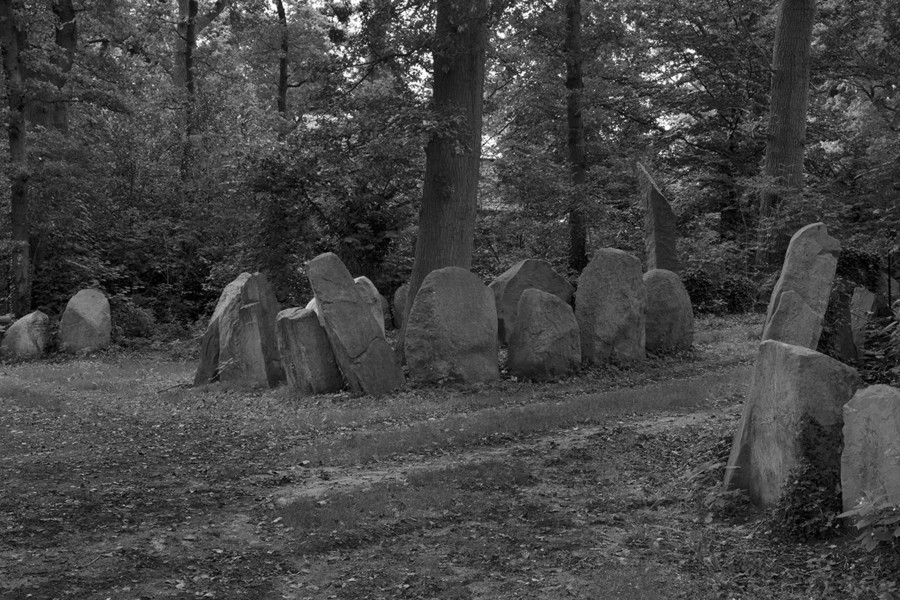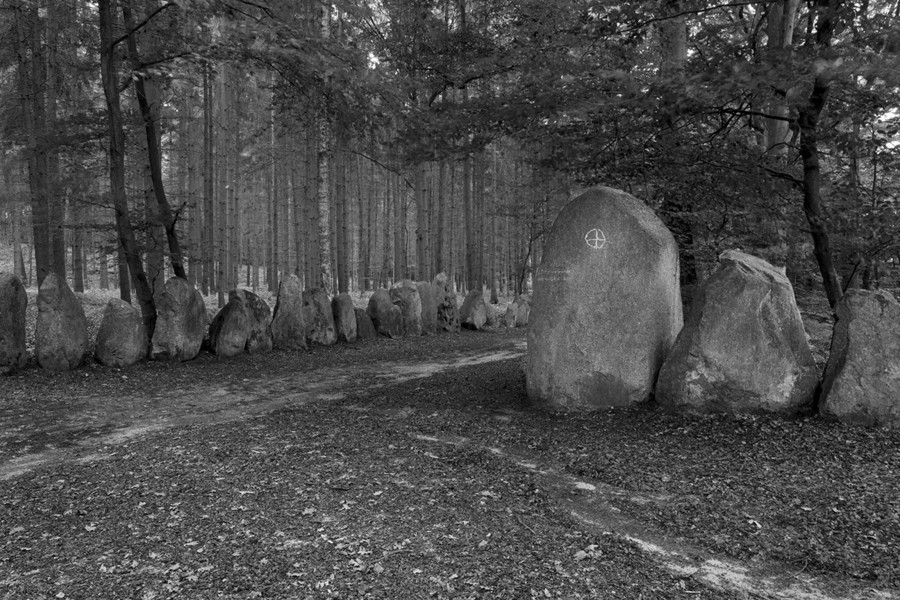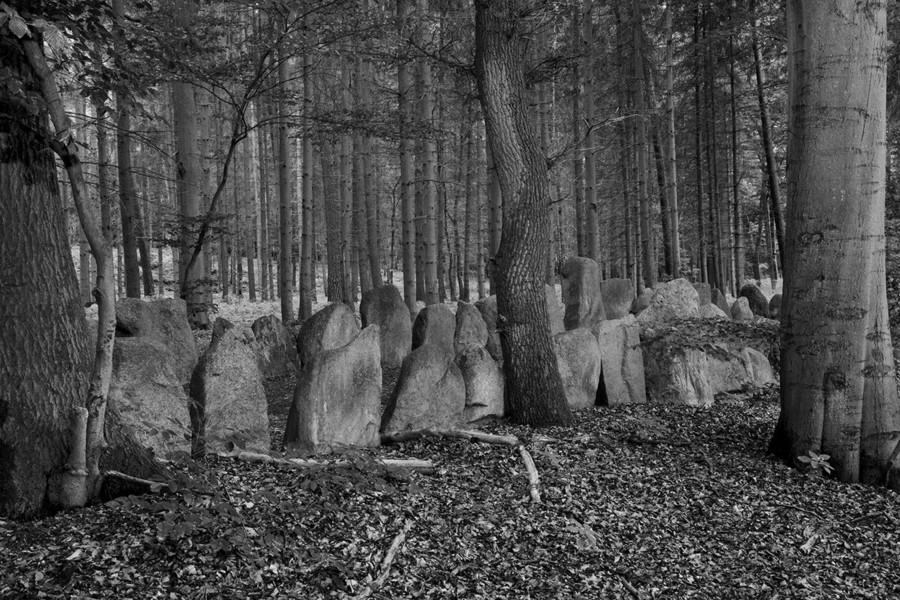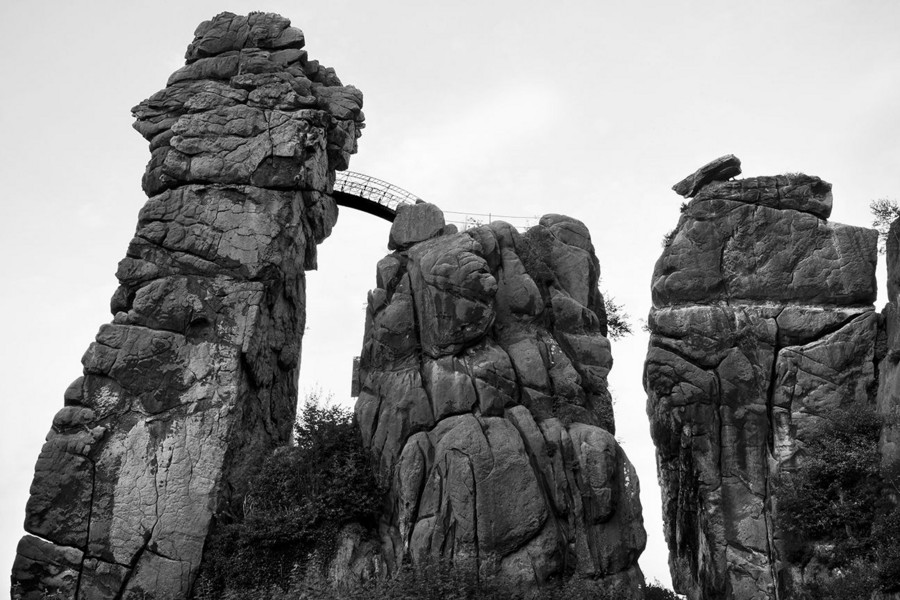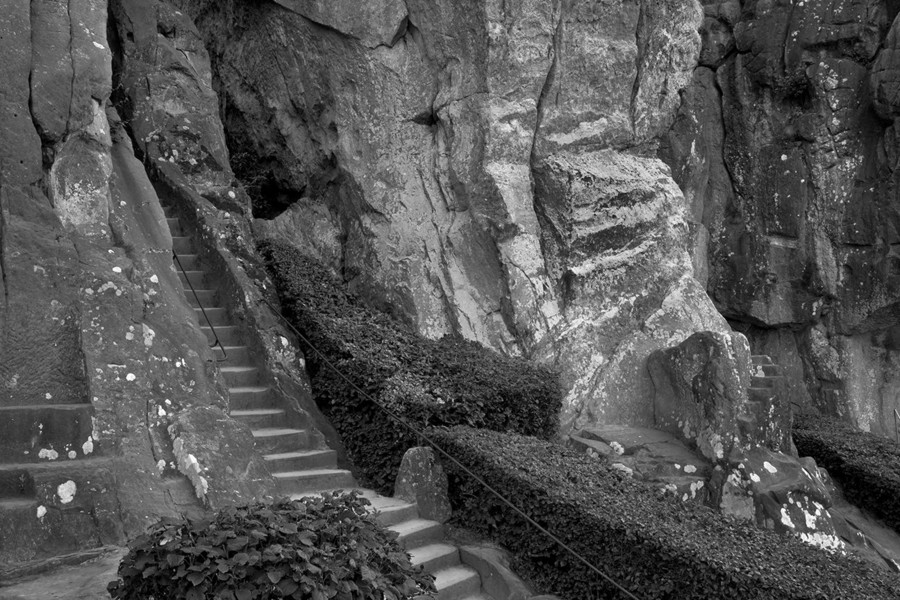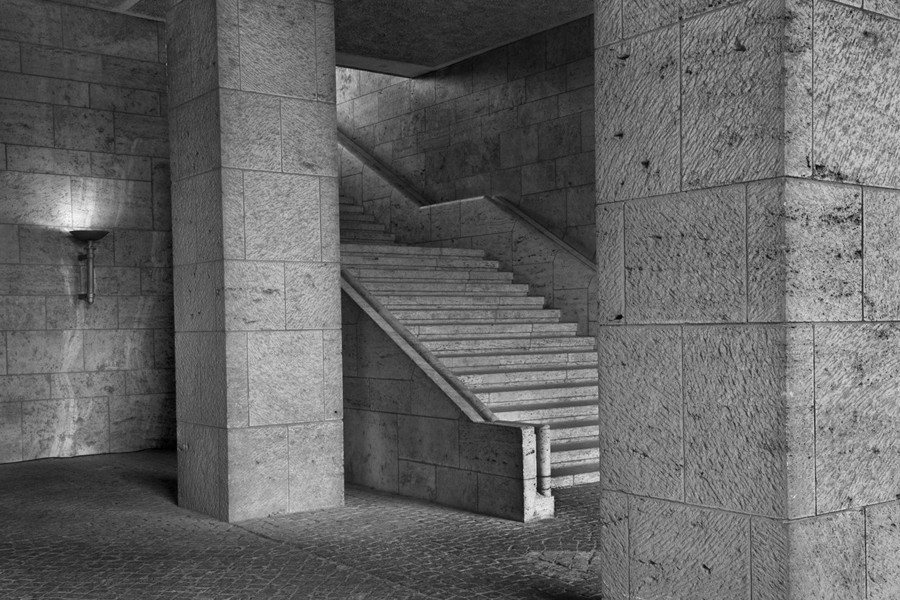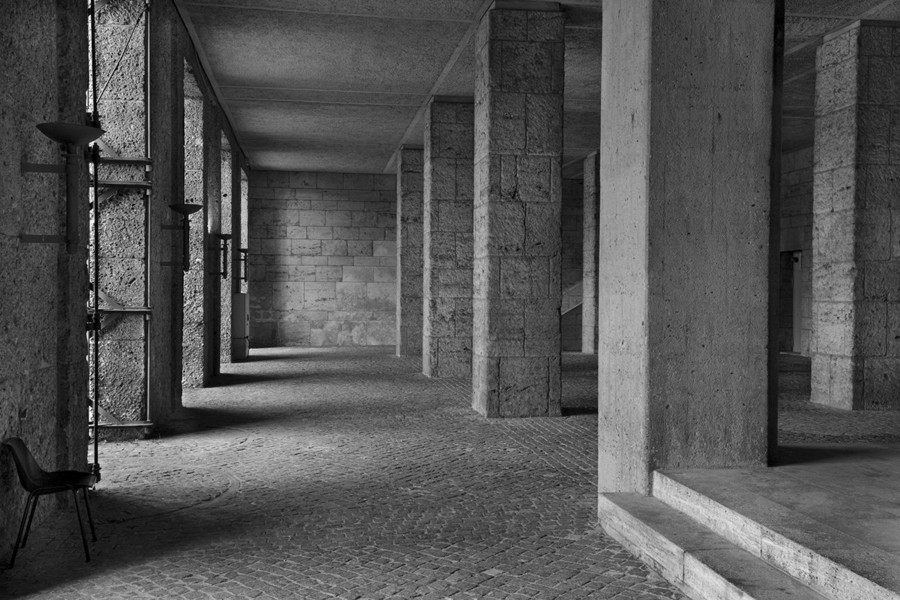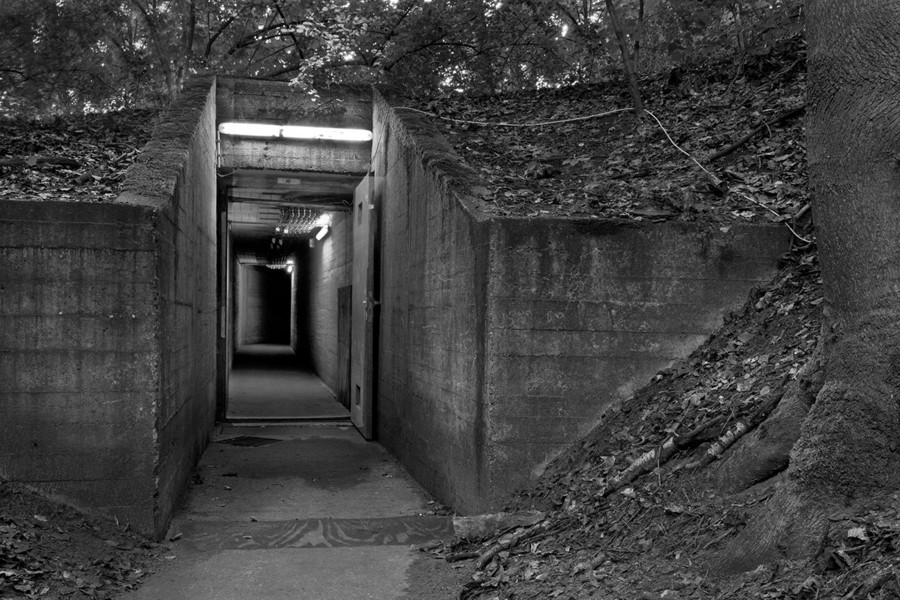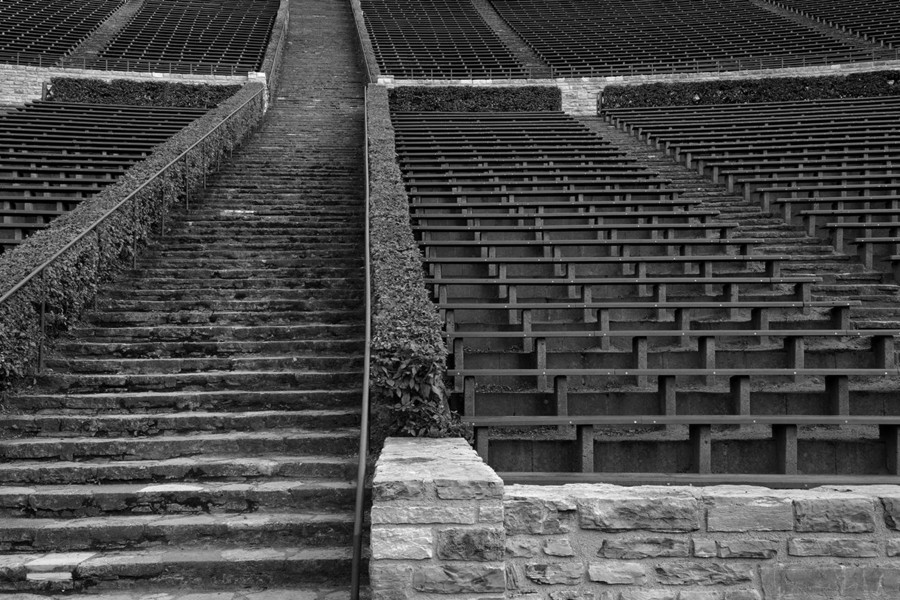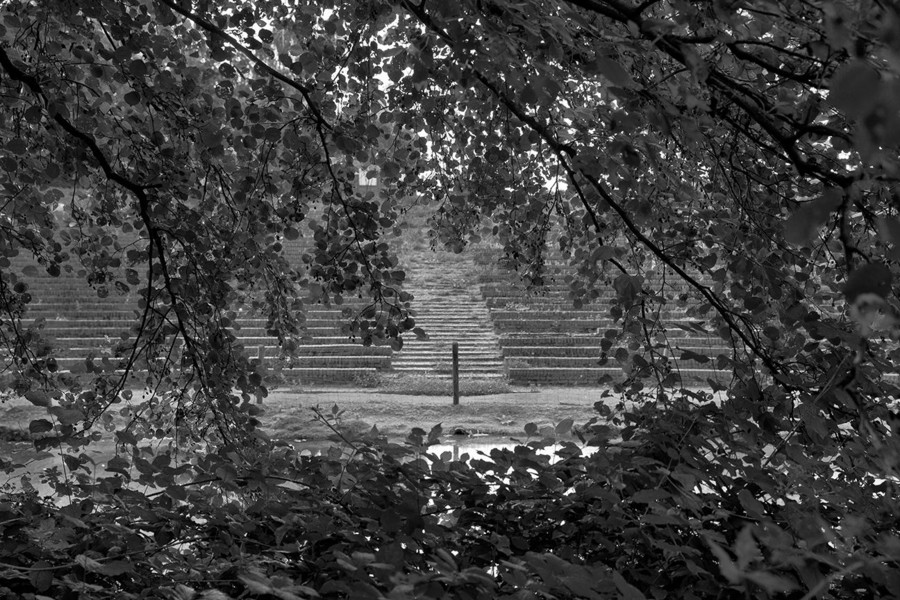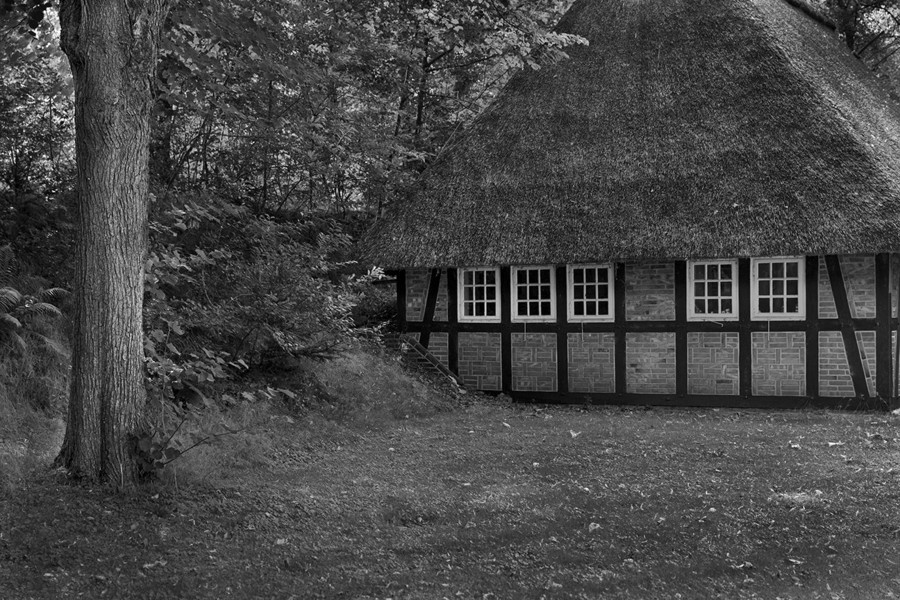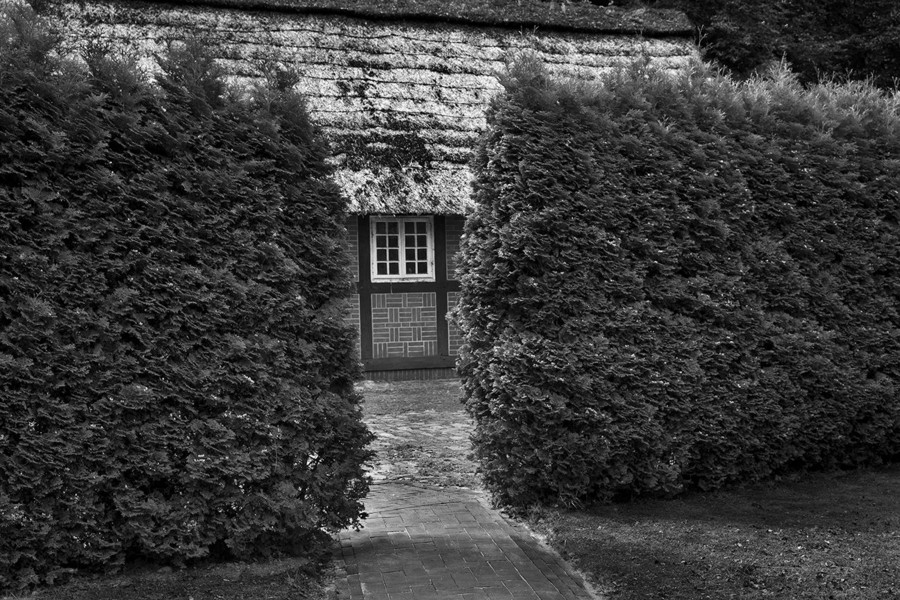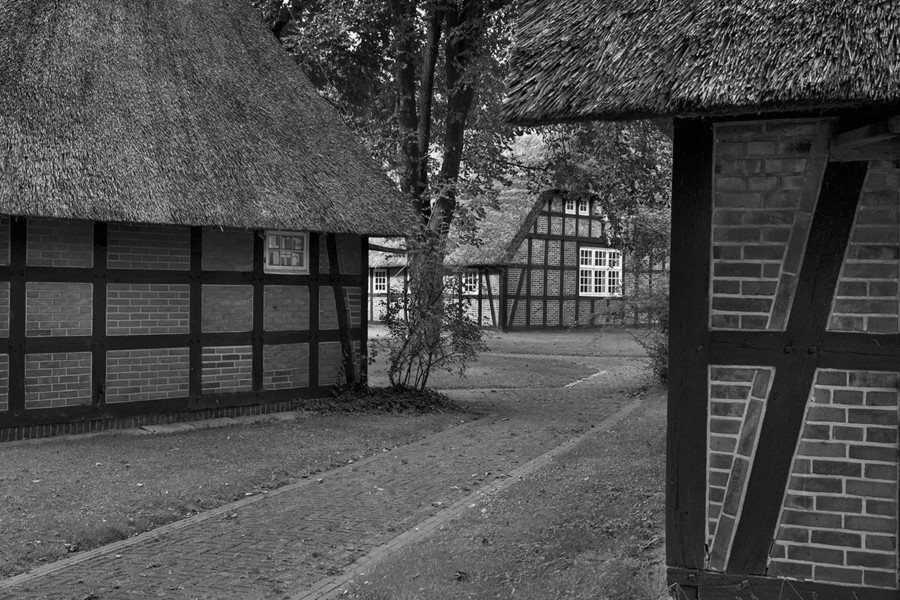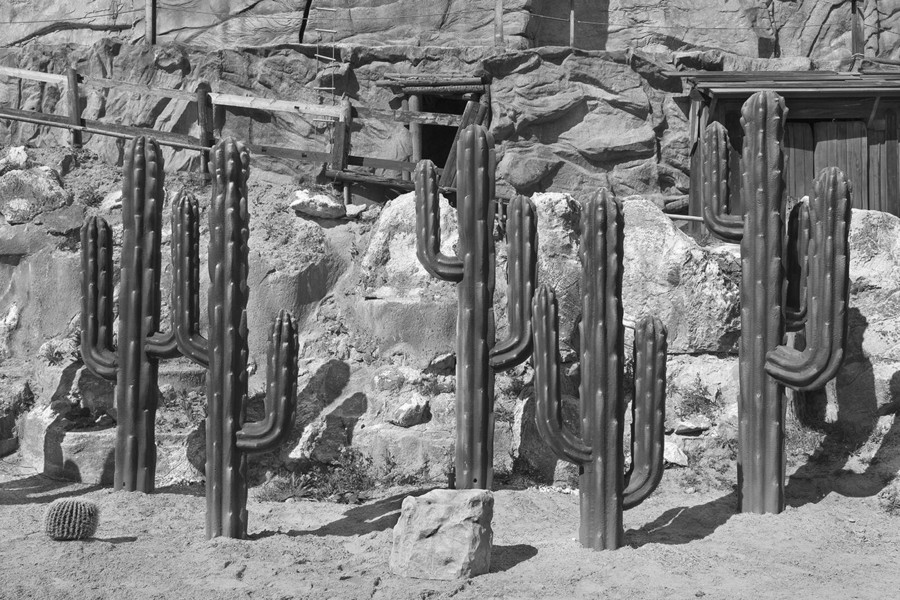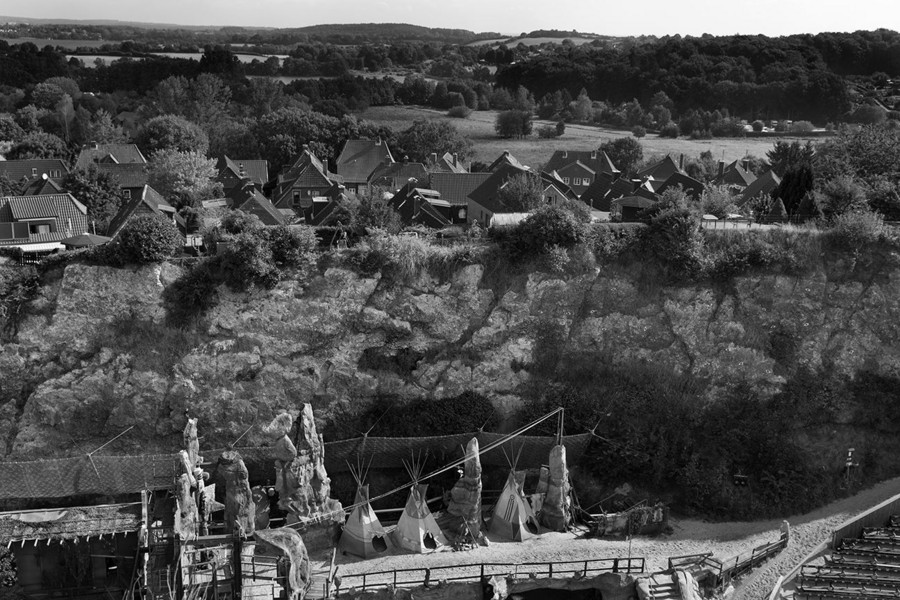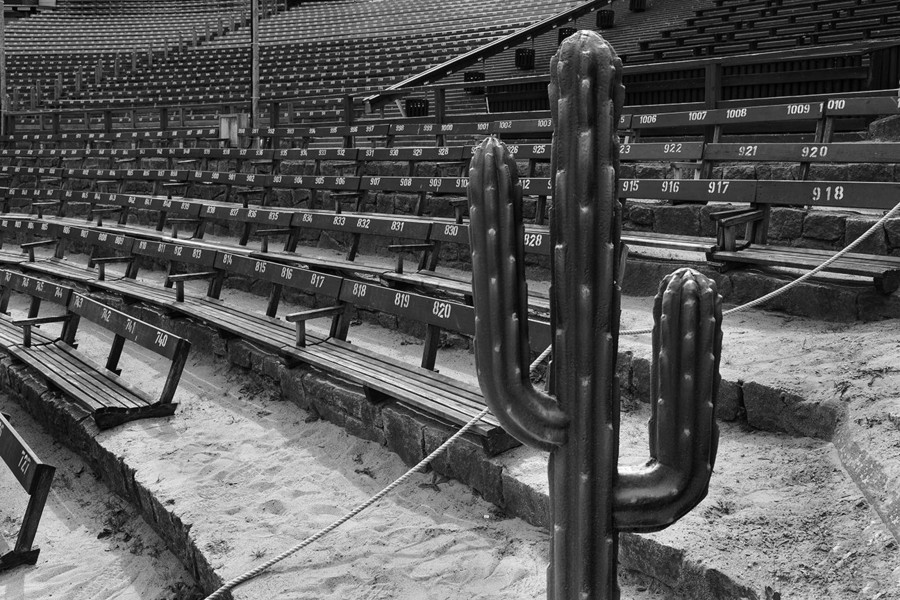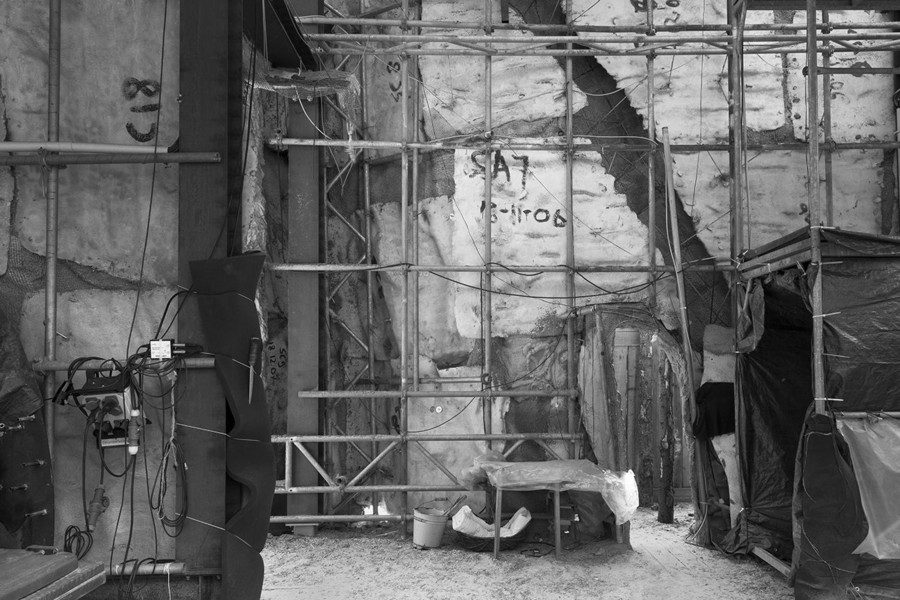Thingstätten in Deutschland
2193 views
© Daniel Mirer
Thingstätten (Thing cult) is a term used to define open-air Nazi cult theaters built between the years of 1933-1945 for the specific intention to rally and entertain local communities. The staged productions performed where to project propaganda of an idealistic reinterpretation of Germanic history and used as a recruitment tool for the National Socialist Party. Architecture and impressive scenic places were chosen as Thingsteads: locations where determined by idyllic fake historical Germanic surroundings. These locations developed by the fascist government was to represent a tribal past built in isolated specific natural landscapes of wooded areas, near bodies of waters, nestled in hills or natural unique rock formations as well near traces of historical Germanic ruins.
This photographic & video research project is a documentation of Thingstätten locations in areas of Poland and Germany that investigates my interest of mythical topographies of architectural space. These architectural portraits become places of lost memories that demonstrate a primary function of the still photographic image, to record. The photographs represent an ideal that is represented within cultural influence and where the romantic constructions of landscape design and architecture are created for the idyllic. It is the in photographs the interpretation of power or influence in political ideologies are shown as indented propaganda tools through architectural idealism.
Using visual and conceptual traditions, the photographs are of sites that are of the familiar; picturesqueness image of landscape but represent a lost history of built intention or purpose. These Thingstätten locations are all but abandon, forgotten or have been repurposed for contemporary use. I intentionally photograph these locations from a distance to include the entire space creating melancholic state allowing the viewer and myself to express a social critique of an investigation of forensic architecture. Beyond public memories, the images begin to demonstrate spaces in which a building façade or their locations are indistinguishable lost in time; blurred into the monumental dissolution of lost architectural space and history.
This photographic & video research project is a documentation of Thingstätten locations in areas of Poland and Germany that investigates my interest of mythical topographies of architectural space. These architectural portraits become places of lost memories that demonstrate a primary function of the still photographic image, to record. The photographs represent an ideal that is represented within cultural influence and where the romantic constructions of landscape design and architecture are created for the idyllic. It is the in photographs the interpretation of power or influence in political ideologies are shown as indented propaganda tools through architectural idealism.
Using visual and conceptual traditions, the photographs are of sites that are of the familiar; picturesqueness image of landscape but represent a lost history of built intention or purpose. These Thingstätten locations are all but abandon, forgotten or have been repurposed for contemporary use. I intentionally photograph these locations from a distance to include the entire space creating melancholic state allowing the viewer and myself to express a social critique of an investigation of forensic architecture. Beyond public memories, the images begin to demonstrate spaces in which a building façade or their locations are indistinguishable lost in time; blurred into the monumental dissolution of lost architectural space and history.
